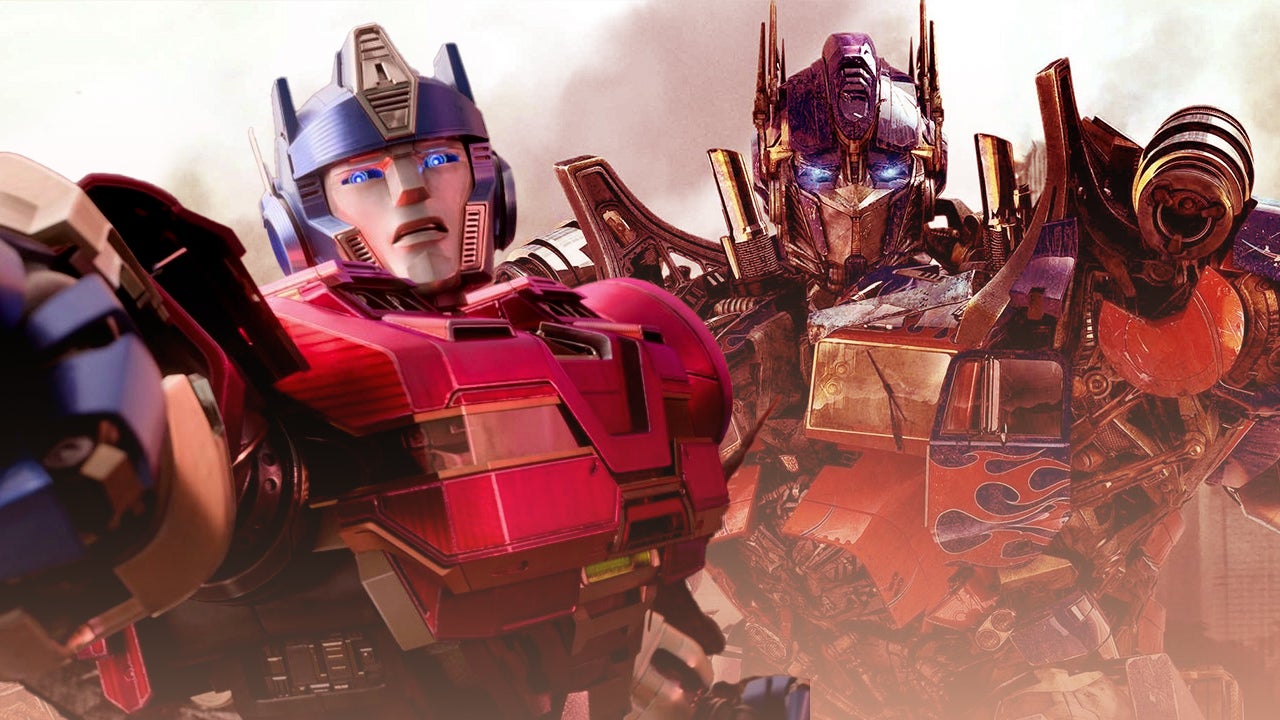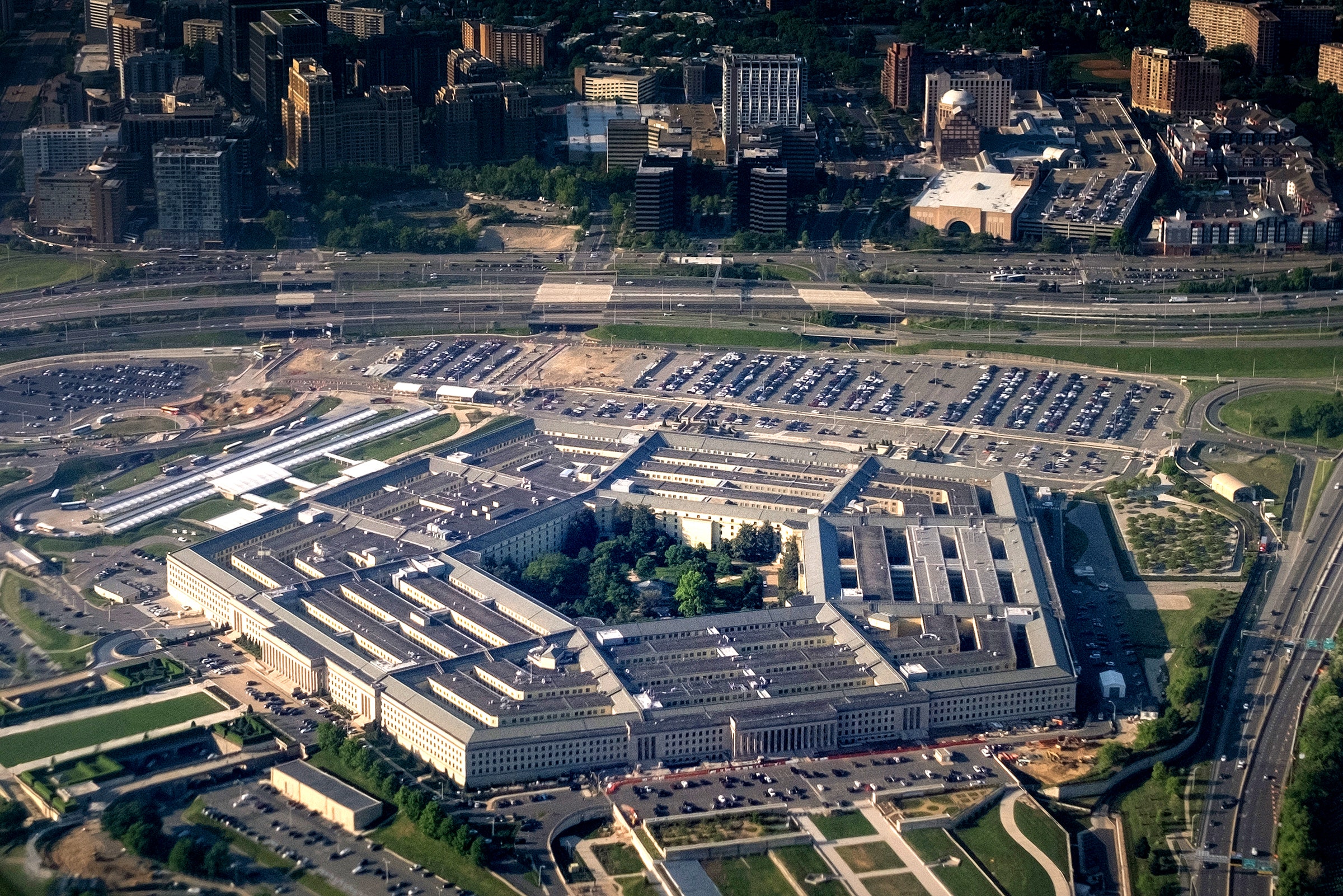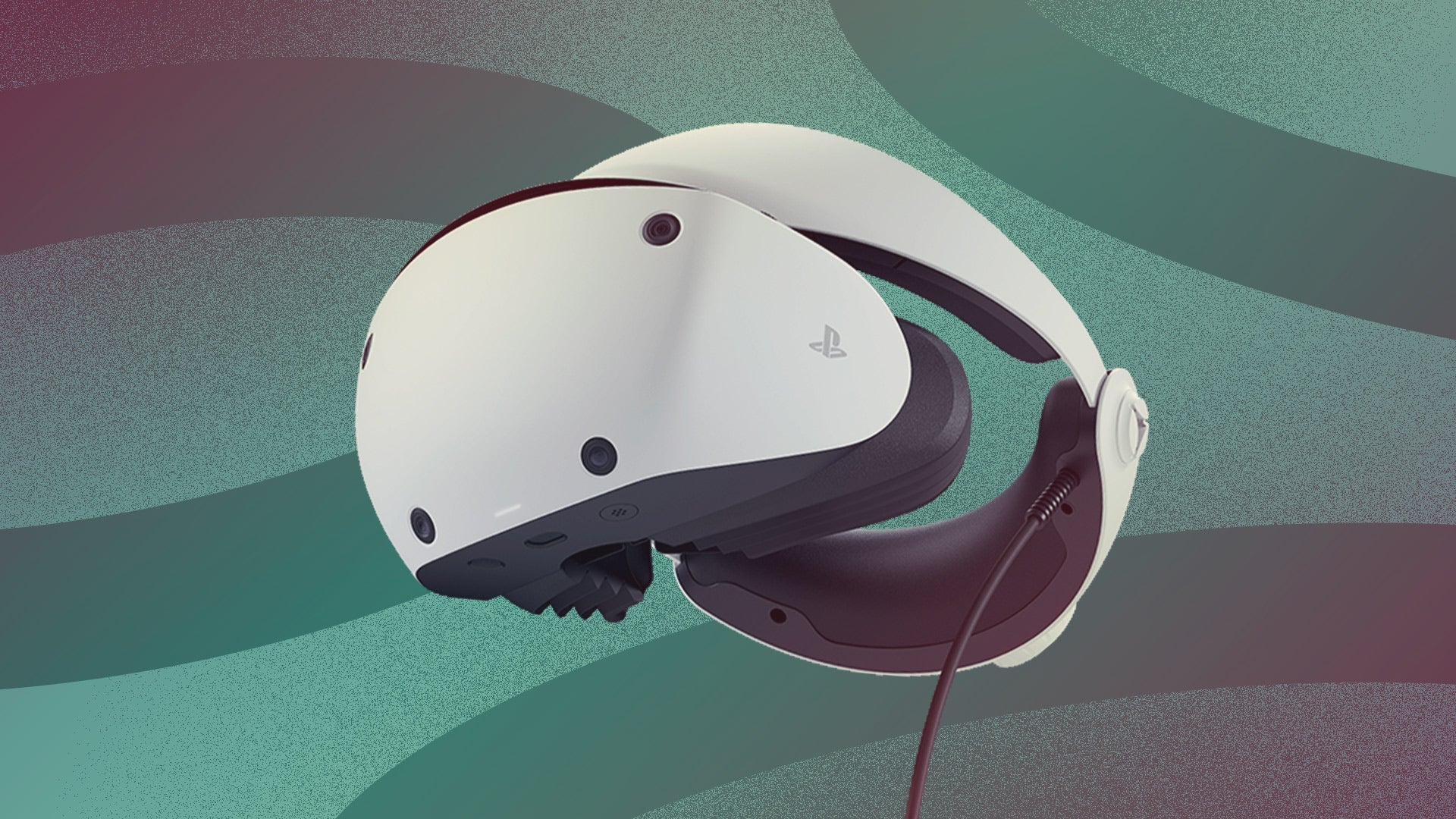Transformers One is a major change of pace for this long-running Hasbro franchise. Not only is it the first feature-length animated movie starring the Robots in Disguise since 1986’s Transformers: The Movie, it’s also one set far earlier in the Transformers timeline. Rather than taking place on Earth, this film flashes back to the glory days of Cybertron, when Optimus Prime and Megatron were still close friends and allies.
This change of pace is just what the Transformers series needed after what could politely be described as an uneven track record on the big screen. In fact, Transformers One serves as a reminder that animation, not live-action, is where this franchise tends to succeed best. Here’s why animation should be the priority for Transformers movies going forward.
Why the Live-Action Transformers Movies Have Failed Critically
Given that it deals with giant, talking robots transforming into massive vehicles and battling one another to the death, it should probably come as no surprise that it took the Transformers franchise as long as it did to make the transition from comics and cartoons to live-action. Director Michael Bay brought the Autobots and Decepticons to life in 2007’s Transformers, before following up that film with a further four sequels.
But while those movies certainly delivered on spectacle (particularly 2011’s Transformers: Dark of the Moon and its depiction of a devastating battle in Chicago), story-wise the live-action series was basically dead on arrival. The Bay movies are widely derided for their paper-thin characters, storytelling cliches, cultural stereotypes, and overly juvenile humor (we’re looking at you, 2009’s Transformers: Revenge of the Fallen). All five Bay movies were rated rotten on Rotten Tomatoes, with Transformers leading the pack at 57% and 2017’s Transformers: The Last Knight bottoming out at 16%.
Critically, things definitely improved with the release of 2018’s Transformers: Bumblebee. This prequel/pseudo-reboot took the series in a much different and more character-driven direction, resulting in a far more respectable 90% fresh rating on Rotten Tomatoes (check out IGN’s Transformers: Bumblebee review for our thoughts on the film). However, 2023’s Transformers: Rise of the Beasts failed to continue that critical momentum, sliding back down to 51%.
And commercially, there’s been a clear case of diminishing returns with the Transformers franchise in recent years. Where both Dark of the Moon and 2014’s Transformers: Age of Extinction crossed the $1 billion mark globally, The Last Knight barely broke $600 million. Bumblebee and Rise of the Beasts made even less money, with both coming in at less than $500 million globally. Yes, that is still a lot of money, but it’s clear that fans aren’t as enthusiastic about the franchise as they once were.
At some point, audiences seem to have grown bored of watching CGI robots punch each other repeatedly. The spectacle of these films is ultimately hollow. We’ve seen Peter Cullen’s Optimus Prime stabbed, blown up, and shot countless times, yet it never seems to make a difference in the end. He just shrugs it all off and keeps on trucking (pun intended).
Nor have these films built a compelling, ongoing narrative over the course of seven installments and counting. The characters are still cardboard cutouts. The mythology fueling these films is more convoluted than compelling, particularly as the most recent movies have become trapped in that “not quite a prequel, not fully a reboot” limbo. Hasbro and Paramount’s solution for revitalizing the live-action movies seemingly isn’t to simplify and refocus, but instead coast on the fan-service appeal of a Transformers/G.I. Joe crossover movie. But with the G.I. Joe franchise facing its own major problems in live-action, can we really count on a crossover movie to solve the woes of both franchises?
Clearly, a more fundamental overhaul of the Transformers series is needed to address these serious flaws. And that’s where Transformers One comes in.
What Transformers One Gets Right
Simply put, Transformers One is the clean, fresh start the franchise needed on the big screen. While One could be viewed as a distant prequel to the live-action movies, it also stands completely on its own. It flashes back many years in the past, when the Autobots and Decepticons still had a society of their own on Cybertron.
Immediately, this clean break from the other movies is a welcome relief. There’s no need to worry about how One connects to the other films or that convoluted mythology. The movie doesn’t have to worry about shoehorning in one-dimensional human characters. It can actually develop the Autobots and Decepticons for a change.
And that it certainly does. Characters like Chris Hemsworth’s Optimus Prime and Bryan Tyree Henry’s Megatron feel far richer and more developed than they ever have in the live-action films. We get to see Prime back when he was simply Orion Pax, a humble miner with dreams of becoming something greater. We get a better sense of why the Autobots are so faithfully devoted to their leader, and an appreciation for what was lost when Prime and Megatron’s friendship devolved into a bitter rivalry.
Could the same emotionally affecting story have been told in live-action? Probably, but we don’t know if it would have connected quite as well as it does. One is a reminder that the Transformers franchise just seems to work inherently better in animation than it does live-action. A lot of that has to do with the character designs. In the live-action movies, the Transformers are little more than amorphous bundles of mechanical parts. The character designs have a very generic quality to them, to the point where it often becomes difficult to tell what’s happening and who’s being injured when two characters fight.
True to the classic animated series and comics, the characters in Transformers One are far more sleek and colorful than their live-action counterparts. They aren’t over-designed or burdened with excess details. There’s none of that confusion over who’s who and what’s going on during the action scenes. The characters actually express and emote, with well-defined facial expressions assisting in the cinematic storytelling. It’s simply a night and day difference over the live-action movies.
Even after seven films, the live-action series hasn’t established a clear and cohesive sense of visual style. The robots are incredibly detailed, yet soulless. With Transformers One, the characters actually feel more real and more alive in every way that matters.
A Fresh Start for the Franchise
It remains to be seen what, exactly, the future holds for the Transformers franchise on the big screen. We know that Hasbro and Paramount are planning a direct sequel to Rise of the Beasts that brings in G.I. Joe characters. However, that sequel is still in the development stage, suggesting there wasn’t a clear plan in place for how to follow up Rise of the Beasts’ surprise ending.

Producer Lorenzo di Bonaventura has also suggested that Transformers One could spawn an entire trilogy, one that continues to trace the twin journeys of Optimus Prime and Megatron on Cybertron and the civil war that threatens to consume the planet. But obviously that depends largely on how well One performs at the box office.
We can only hope that Transformers One makes enough money to justify sequels, both because we’d like to see this origin story continue and because the Transformers franchise badly needs more movies of this type - movies that emphasize the characters and don’t get lost in the mindless spectacle of robot vs. robot carnage. We need movies that know how to find the heart of the Transformers, and animation seems to offer a better foundation for telling those kinds of stories. It’s telling that even Bumblebee, the one true gem in the live-action series, was directed by Travis Knight, a filmmaker best known for working on animated films like Coraline and Kubo and the Two Strings.
The good news is that di Bonaventura at least seems to recognize the need for a more character-driven approach to the live-action movies. The producer told Collider that one of the current challenges with the Transformers/G.I. Joe crossover is finding the emotional core of the story.
"Where it will be particularly affected is the fact that we now know what these robots are capable of emotionally in a way," he said. "So we're going to have to figure out how to create that room, that we can afford that, and create a story that you can take more advantage of that. So one of the things that I'm particularly interested in doing … [is] we need to do more now from the robot point of view in the live-action because that's the only way you're really going to get inside them."
Hopefully that bodes well for the next live-action movie. But I’d still argue that animation is where this franchise truly shines. With any luck, Transformers One will prove successful enough that Hasbro and Paramount will pivot more in that direction in the years to come. Hopefully, One is the beginning of a better era for Transformers fans.








